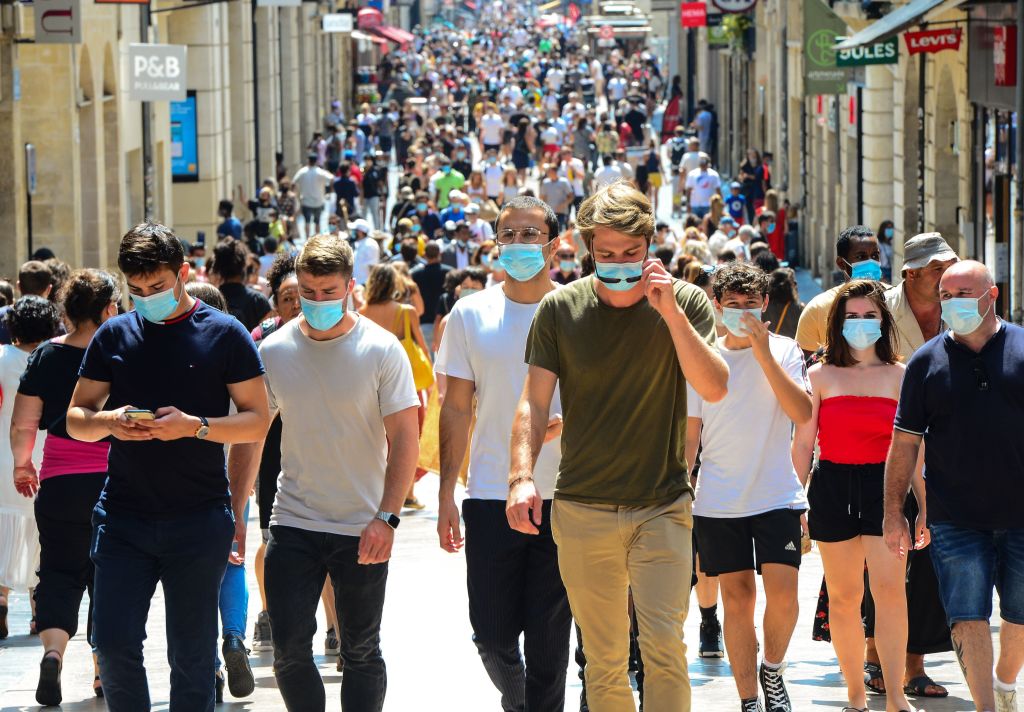Mary always, gives me, like so many others, the most essential of Moments:
It doesn’t have to be
the blue iris, it could be
weeds in a vacant lot, or a few
small stones; just
pay attention, then patch
a few words together and don’t try
to make them elaborate, this isn’t
a contest but the doorway
into thanks, and a silence in which
another voice may speak.
~ Mary Oliver ~
So here’s the thing about
Moments
We wait for just the right ones
so we’ll never miss them
And in the waiting
We miss them the most
So make sure you look both ways
And especially straight ahead
before stepping out
in the multi-lane traffic
of your life
or you’ll have a moment
that won’t miss you
 When it comes to
When it comes to
M O M E N T S
. . .take one

















 Bits of grit
Bits of grit OUR STRENGTH
OUR STRENGTH

